agile
threat modeling
We assess your AWS infrastructure and give you hands-on resolution consultation
What is security threat modeling?
Security threat modeling, or threat modeling, is a methodology to locate and document risks, to prioritize and to derive action plans to mitigate.
It is an iterative process, where applications and its related infrastructure of digital products are being decomposed, to identify i.e. entry points, components, data flows, privilege boundaries and finally related risks and vulnerabilities.
Threat models need to follow the agile product development principles and not vice versa.
APPROACH – HOW WE DO IT
Agile Security Threat Modeling
While there are different threat modeling approaches, evolved since the 1990s, most of them are not created with agility in mind. But threat modeling needs to be part of the agile software development processes.
The Alice&Bob.Company’s approach will cover two phases:
Phase 1 We perform a threat modeling workshop in collaboration with the product team. This familiarizes the team with the ideas and procedures. We will together determine
- What are you building?
- What can go wrong?
- What are you going to do and in which order?
The workshop can be done either in a face-to-face session or remotely.
Phase 2 We introduce how Agile Threat Modeling can become part of a DevSecOps approach and your agile product development procedures. Therefore, we focus on integrating the results of phase 1 into your existing individual agile structures.
YOUR BENEFITS
- Gain an inside-out perspective on what your team thinks about the security state of your digital product
- Receive a list of identified threats and risks, while improving your teams overall security posture
- Learn how Threat Modeling can be automated and become part of your software development lifecycle
Our teams had very productive collaborations with Alice&Bob. They validated and improved our architecture and design decisions, with a strong perspective on security.
I really appreciate their in-depth technical knowledge and experience, combined with their passionate 'can-do-attitude'.Dennis Winter
Deputy VP TechOps, solarisBank

OTHER PRODUCTS IN 02 warm-up
SECURITY ASSESSMENT
Get a detailed overview of your cloud architecture, with identified vulnerabilities and misconfigurations. You will also receive defined clear steps to fix and improve you overall security posture.
PENETRATION TESTING
gdpr Workshop
This offer includes a training of the management team and product team in GDPR on AWS. Get insights of necessary transformations of your AWS infrastructure into a GDPR compliant state.
